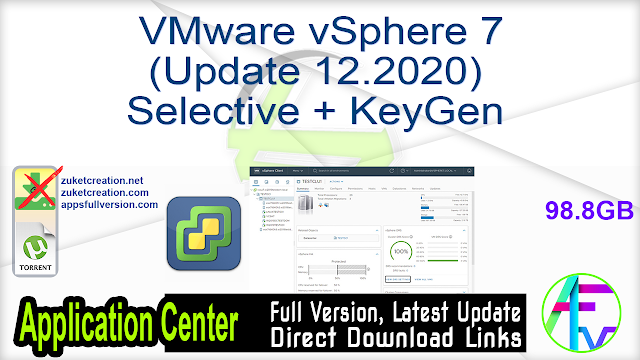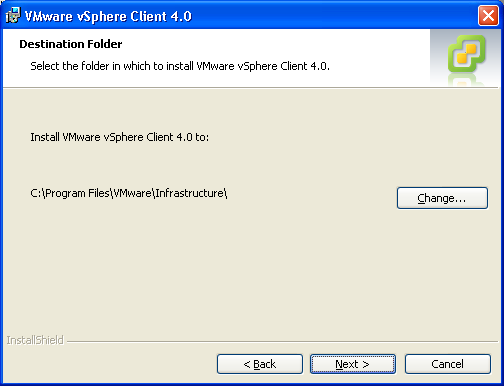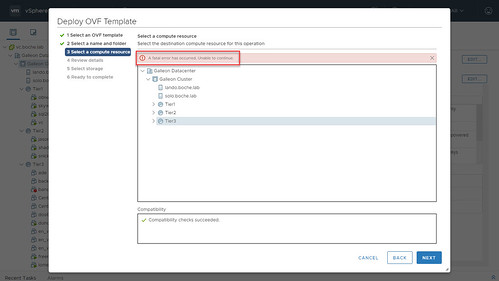

Just shut down the VM, go back into the advanced options and change the setting to false. Once you’ve installed the operating system of choice, and enabled that OS’ remote desktop capability, you may want to disable this VNC access.
VMWARE VSPHERE CLIENT FOR MAC OS WINDOWS
Accept the warning, and you will see the console of the virtual machine! (And note, since Macs don’t already use the three-finger salute, you can safely just press Ctrl-Alt-Del in that VNC-window to log into Windows systems!) You will be prompted for your password, and depending on your client/version of OSX you may receive a warning about how keystroke encryption is not enabled. Power up the machine, and then using Finder on the Mac, choose Go->Connect to Server (or hit Command-K), and type the following:Īnd click Connect. Once you’ve added these rows and click OK, you can now use a VNC client to connect to the console of the machine.
VMWARE VSPHERE CLIENT FOR MAC OS PASSWORD
The VNC password used to access the VNC session only the first 8 characters are encrypted using the VNC protocol, and weakly at that. Nameĥ900-5999 are the “standard” ports, choose one different from other VMs on the host. In both cases, you now want to add three rows by clicking the Add Row button.


On the right, next to Firewall click Properties… As VMWare does not include VNC as a protocol, it is not listed as an available option. Choose the Configuration tab and on the left choose Security Profile. In the Windows vSphere client, choose the host you wish to enable VNC connections on. This step needs to be executed once for each vSphere or ESXi host running virtual machines you want to access using VNC. This is the one step you will actually need to use the Windows vSphere Client everything else can be done using the Web Client. To perform this, we first have to enable incoming connections to your vSphere server, as vSphere 5 has an integrated firewall. There is an under-documented feature of vSphere that allows the capability of opening up VNC connections from the host directly to the console of the virtual machine. Once you’ve installed a machine, you can typically enable some sort of remote desktop capability in the operating system, but what do you do before then? If you’re running Windows, you use the vSphere client and open a console, but on a Mac, you’re out of luck.

There’s a Console button, but it won’t work on a Mac. This will satisfy most of your management needs, but it leaves out an all-important capability the ability to remotely view the console of the systems. Once authenticated, you will see something that looks very similar to the Windows-based vSphere Client running in your browser. This is a one-time configuration necessary to enable the vSphere Web Client. Follow the steps in the “ Authorizing the vSphere Web Client (Server)” section. Before it can be used, it must be authorized the best instructions I found for this are here. To enable the administration of your various virtual machines, storage, clusters, datacenters, and the like, you can now use the vSphere 5 Web Client. The VMWare management utilities are all Windows-only, and even the few web-based tools either do not work or are extremely limited from a Mac. While it isn’t perfect yet, VMWare vSphere 5 has made it so you can actually do just about anything you need to using a Macintosh computer you just need to go through a few hurdles. One of the biggest complaints I’ve had with VMWare vSphere and VMWare ESX/ESXi over the last few years is that managing my virtual machines from my Mac computer was a hassle.


 0 kommentar(er)
0 kommentar(er)
